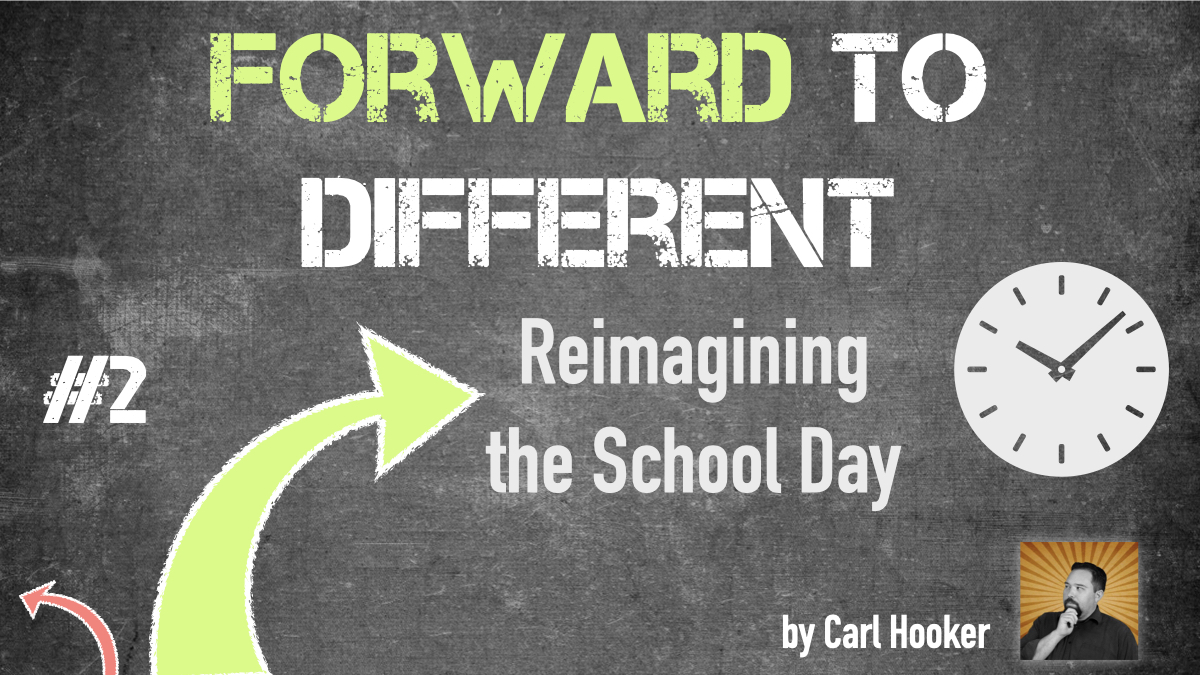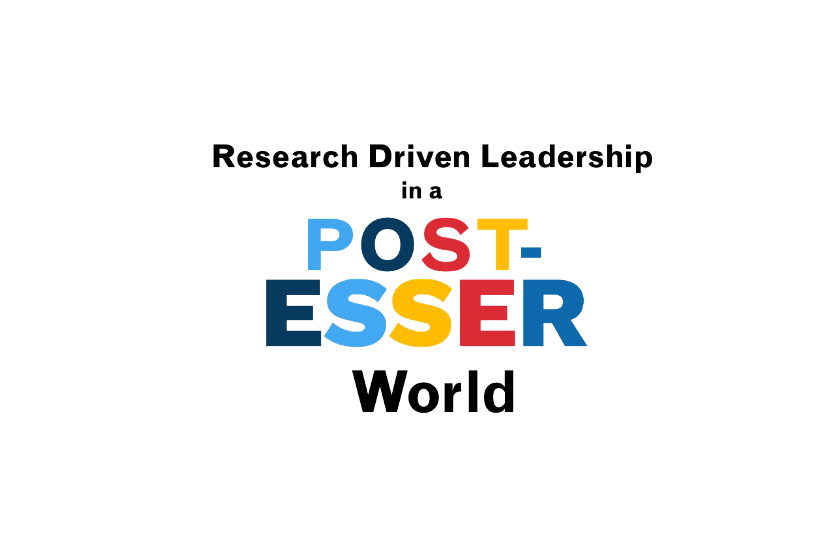The Big Quit and the Problem with Big (and Old) Data in Education

Human resources, I’ve come to learn over my career, is as much about risk management as any OSHA policy, equipment maintenance, or investment strategy. A company may choose not to perform maintenance on its conveyor belt to save cash for a year or two, but the risk of that critical component failing and causing major disruption increases every year they put that off.
Human resources is similar, even in K12. They just manage risks that hit us more personally. What do we need to pay staff to ensure they come to work? What contracts should we negotiate to ensure we can deliver services? What benefits? How do we keep our staff safe? All these things, while in a workforce’s best interest, also ensure the sustainability of a business. Or school.
The unfortunate reality is that while the bearings on a conveyor belt have a well-documented life span, a teacher’s career does not. Humans are also more flexible resources than bearings, and often get stretched beyond recommended safety guidelines. That’s my personal observation.
But there have been a couple of articles in the last weeks with wildly different perspectives on “The Big Quit” in education. The first is Mark Perna’s article in Forbes which describes a looming crisis, largely due to teacher burnout. And another more recently by Chad Aldeman in The 74, that claims there is no Big Quit in education, and that any “Discrete labor challenges should demand targeted compensation solutions.”
Aldeman’s article cites some robust data from the Colorado Department of Education and The Calder Center, but it’s also a prime example of the problem with data in education. The Calder Center article is from 2015, relying on data collected even before then, and the CDE study is speaking about retention rates at the beginning of the pandemic. That lag in data is typical, and in many cases unavoidable. And those making any policy decisions are in the tough spot of relying on data that doesn’t necessarily reflect their current or pending risk profile.
Examples of that include the accounts of student behavior from school and district leaders during the fall of 2021. (See our earlier article, The Kids are not Alright…). But student disciplinary referrals are only reported to the state periodically, and generally at the end of a semester… so how can any board of education respond in real-time to bearings (meaning teachers) burning out on their conveyor belts (meaning schools)? It’s not by looking at outdated data.
K12Leaders is publishing a real-time survey to gauge the current state of the K12 workforce, and the unique stressors on it this year. Please consider sharing with your educators and staff. We will share that data freely, as well as in upcoming articles on resignations, retention, and recruitment in K12 education.
Sources:
- https://www.forbes.com/sites/markcperna/2022/01/04/why-education-is-about-to-reach-a-crisis-of-epic-proportions/?sh=17c9f50778c7
- https://www.k12dive.com/news/survey-teachers-more-likely-to-report-burnout-than-other-government-employ/607413/
- https://www.the74million.org/article/aldeman-there-is-no-big-quit-in-k-12-education-but-schools-have-specific-labor-challenges-that-need-targeted-solutions/
- https://www.cde.state.co.us/cdereval/staffcurrent
- https://caldercenter.org/sites/default/files/WP%20141.pdf
- https://k12leaders.com/the-kids-are-not-alright-and-neither-are-the-teachers/
- https://k12leaders.com/survey/ff3ec023-9f16-4952-a7c0-bca340f46667/







Thank you Michael for the dual approach to this problem. As I speak to colleagues around the country, they seem to convey the same story…”but we never had this issue before.” So how can we ignore it? To say that it is a COVID related issue and will in time return to normal is to also assume COVID related social norms will disappear. Staff have learned new technology integration mandates, grading policy adjustments, meeting protocol changes, student behavioral shifts, communication transparency and fluidity, etc. Students have accepted new technology integration learning, grading policy expectation adjustments, classroom meeting protocol changes, social media student behavioral shifts, 24/7 communication transparency and fluidity, etc. I unequivocally do not see how schools can return to normal without recognizing a need to dramatically shift how we do our schooling.
I have suggested for years we will quickly shift to an approach of quality apprenticeships and true skills based instruction. Students from all ages and levels will achieve mastery through their own progression, and not state-mandated curriculum guides and calendars. The big red school house will return where student led multi-department projects are ubiquitous, and teachers truly supervise/facilitate meaningful learning similar to corporate America. So, I don’t think we have to prioritize the Big Quit, as much as we have to finally address how we do public education in the 21st century…and that will take true innovation and leaders willing to disrupt the norm.